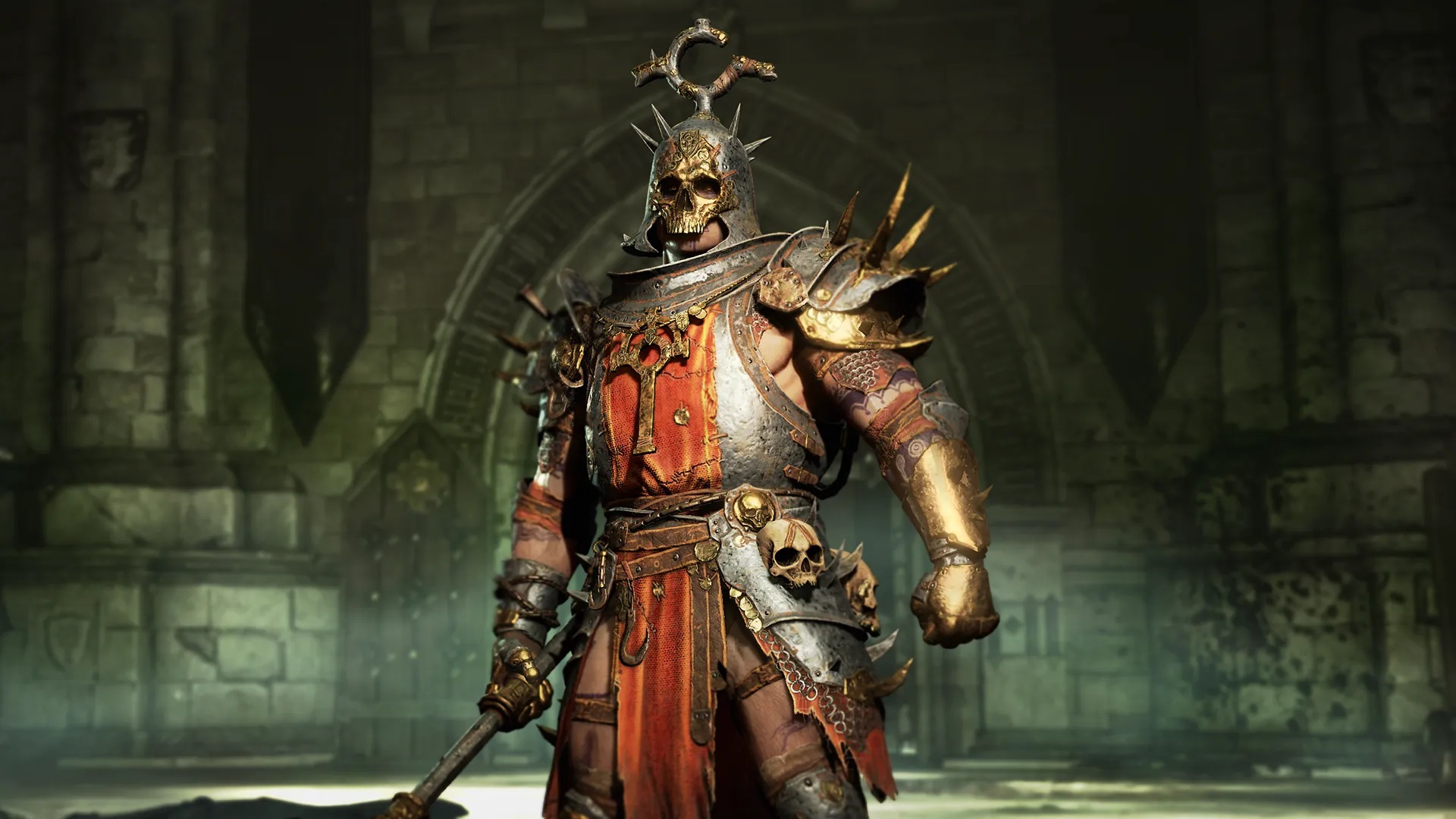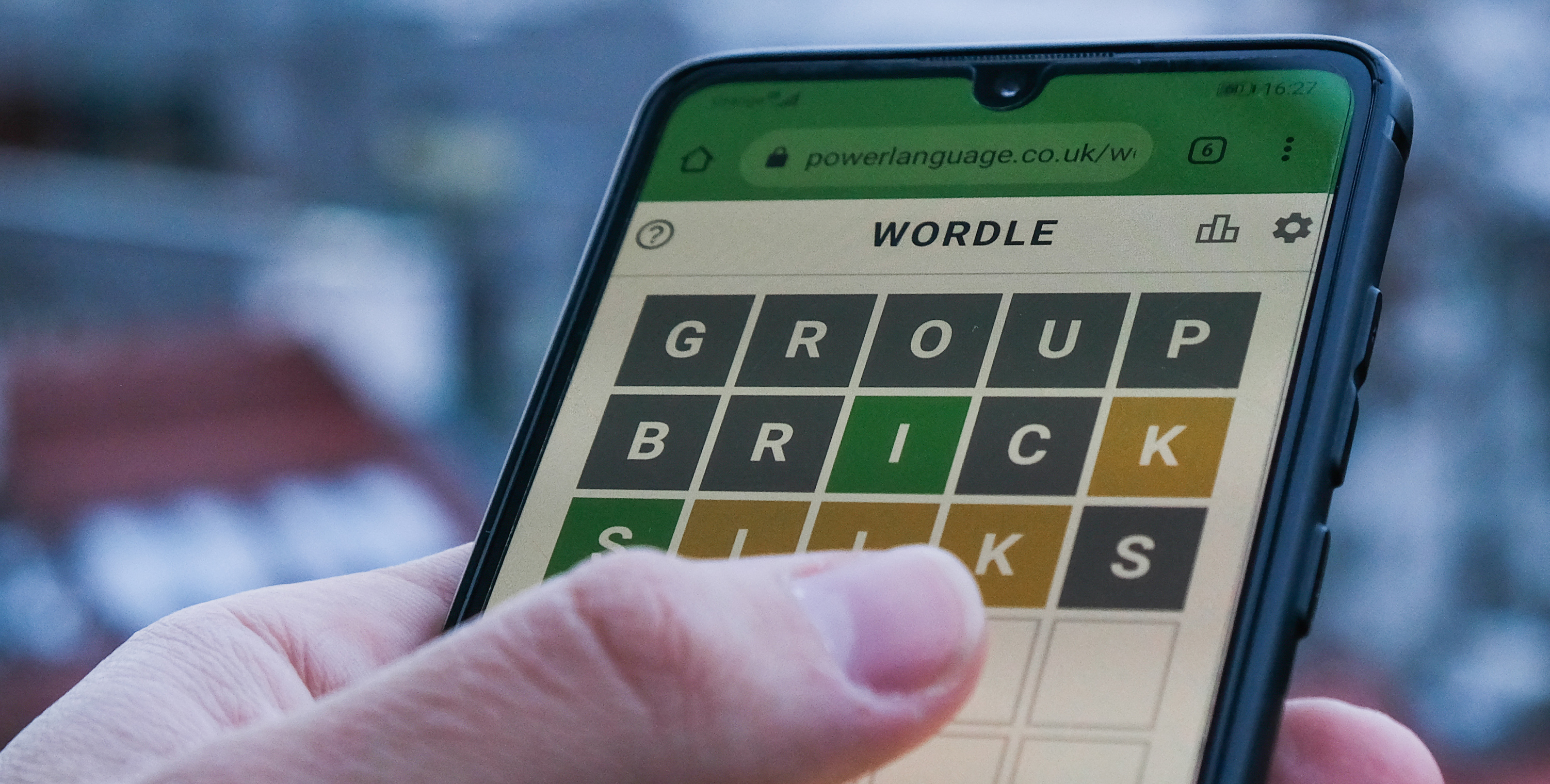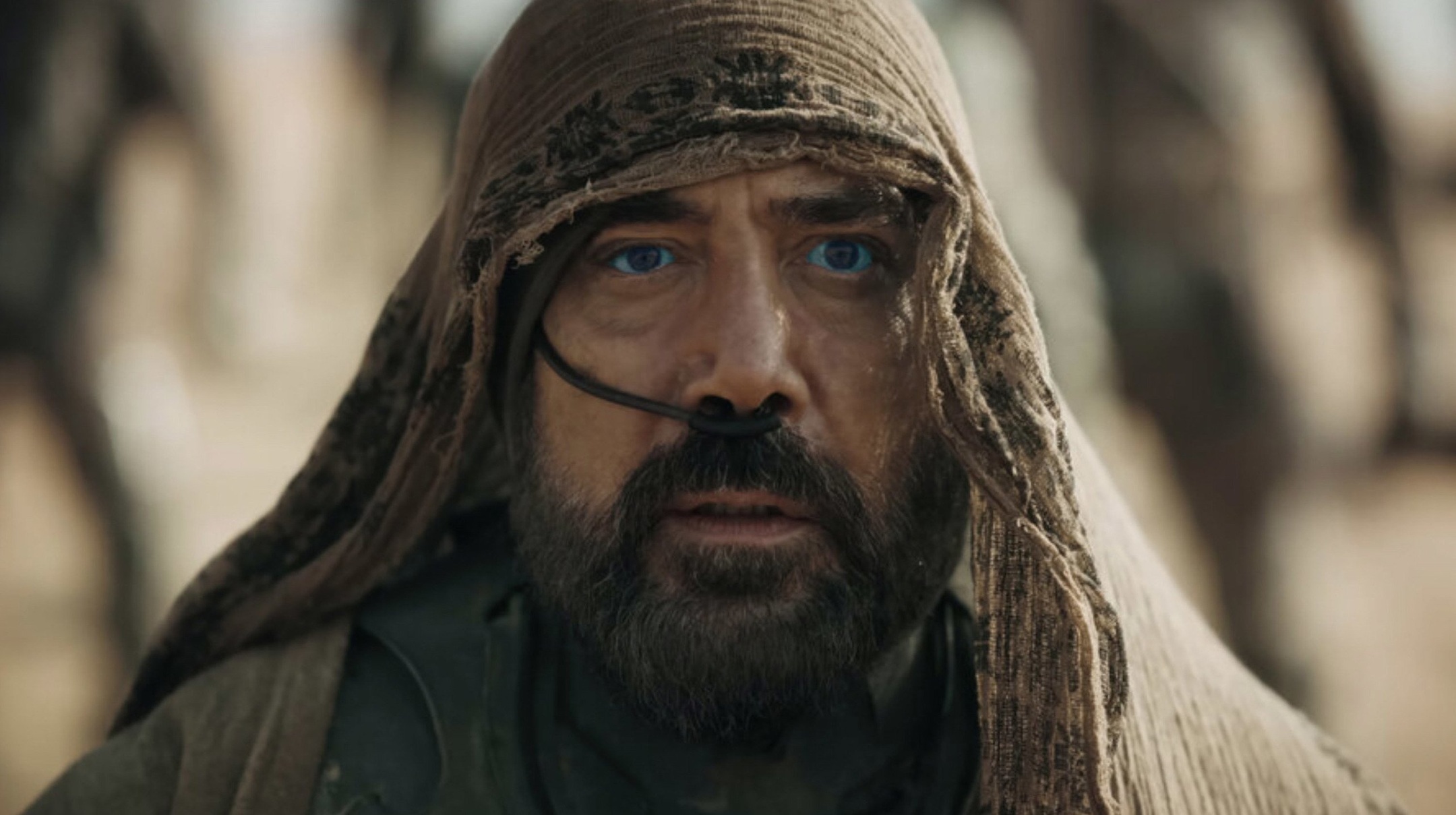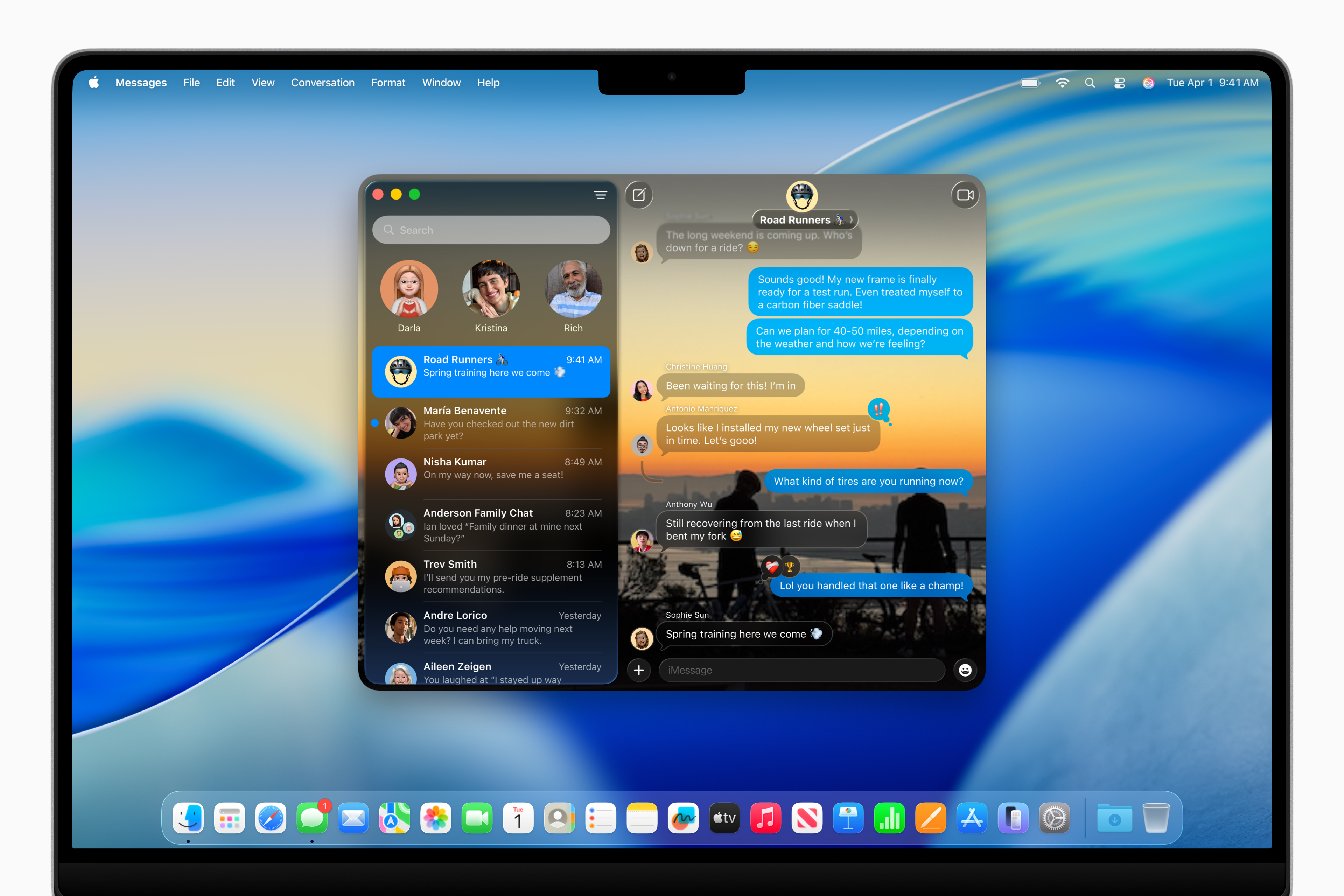
I will not buy the bones!
I am not a proud man. Earlier this year, I spent $4 in Resident Evil 4 so America’s Boyfriend Leon Scott Kennedy could have a cute little bomber jacket with skulls and stuff on the back—not my finest moment, but there’s no undoing what’s done.
Earlier in my life I’m sure you could say I spent “too much” money on Destiny and League of Legends cosmetics, but that’s all beside the point. When I saw the $20+ premium skins offered in Diablo 4’s in-game storefront, another of the few remaining youthful, optimistic parts of my soul quietly gave up the ghost. As Geralt of Rivia put it, it was a “last bitter drop in a chalice full of sorrow.”
$14 Horse. (Image credit: Activision Blizzard)
I felt something similar when I saw the full scroll of cosmetic DLC for RE4 unfurl before its release: not anger, just a resigned disappointment. With Diablo 4, even though “The Death Toll prestige equipment cosmetic” for Barbarians can’t hurt me, it still made me sigh. “The Wraith Lord” armor pack for Necromancers is not real, but its existence weighs on my psyche. If I close my eyes, “The Weight of Gold” premium mount will still be there when I open them again. This stuff just feels so goddamn tacky, the game you already paid at least $70 for becoming yet another horizon fully colonized by advertisements. Turn that monitor into one giant billboard, baby.
What’s more is I think paid armor cosmetics undermine Diablo’s whole loop. Resident Evil 4 having its best outfits made into DLC instead of unlockables for its alternate modes and difficulty configurations was bad enough, but Diablo is a series all about the measured drip feed of rewards, cranking out hour after hour for your deluge of color-coded drops.
If you’re an additional $20 in the hole for the Deathspell Omega premium skin or whatever that you’re going to slap on all the gear you find, where’s the magic or joy in actually winning that loot? You can only pay for cosmetic armor upgrades, not better stats, but the idea that in-game stores are meaningless if they only sell cosmetic stuff just isn’t true: finding cool-looking loot is part of the fun in games like Diablo.
There’s something so incongruous to making your awful, low-level crap look like high level swag. “Why is my bad ass, endgame-looking weapon so crappy,” you may say of your reskinned “level one iron battleaxe for losers.” And even as you upgrade it, you’re stuck with that skin the whole game, no variety or progression. Can you ever take it off? How many hours of gameplay with a premium cosmetic makes the money worth it?
Not to mention what your purchase communicates to other players—it has a sort of “Twitter Blue” problem in that you’re telling everyone around you that you spent $20 on a signifier that you spent $20. Level one Barbarians are supposed to wear poop tier studded leather and fight with a lead stick, not go galavanting around in a matching gold filigree ensemble! Wearing your premium skin armor at low levels has the energy of showing up to high school in designer streetwear your parents bought you. “I am a lily-livered little fancy man, please take my lunch money.”
This Normal Horse retailed for $10 in the go-go years of the mid-2010s. (Image credit: Zenimax Online, The Unofficial Elder Scrolls Pages)
I just find the trend so tacky and wearisome from toe to tip, but it ain’t going anywhere, because it sells. In fact, it has been selling. I remember eight years ago when a good friend of mine and I discovered the Palomino Horse DLC for The Elder Scrolls Online. This normal-ass horse, a literal beige horse could be had for 900 crowns—that’s nearly ten godless capitalist American dollars, for a normal horse! Forget the armor even!
But I’m just another old man yelling at a cloud, and even I, Mr. “This empty greedy grasping for my wallet makes me want to hurl” dropped $4 on that embarrassing Leon Kennedy streetwear skin. I have the good sense to be embarrassed about it, and what’s more I’d be so much happier if it’d been an in-game reward like the unlockable costumes of yore, but I guess game publishers don’t really care if we’re embarrassed about it, or if it harms a game’s design, so long as we’re spending money.




